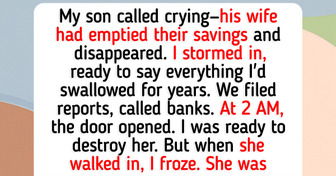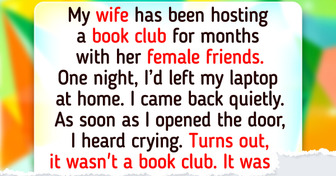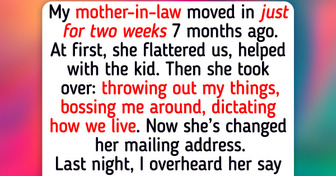My Wife Wanted to Divorce Me Over Dinner, but Her Next Move Made Everything Worse

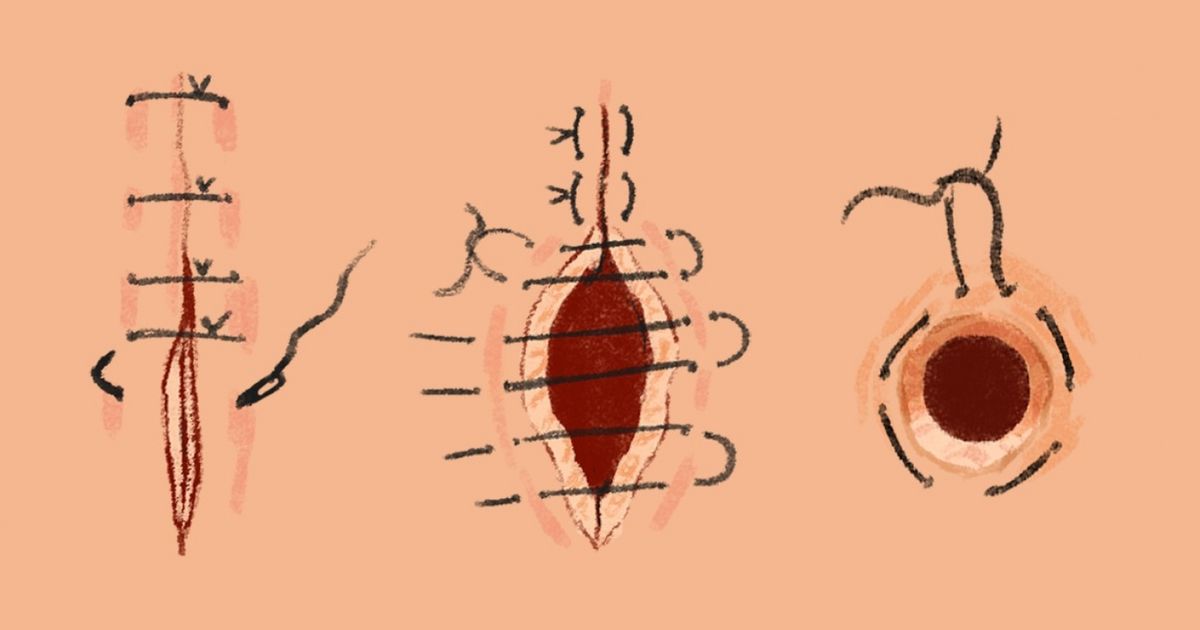
We hope that you will never see a rabid dog or a poisonous snake, get lost in the open sea, or have to walk through a hot desert. But if something like this happens, it’s important to know what to do in these situations. The thing is, the chances of surviving in such situations is less than 10%.
To prepare you literally for everything, Bright Side will give you tips and tricks that will help you save your life in extremely difficult situations.
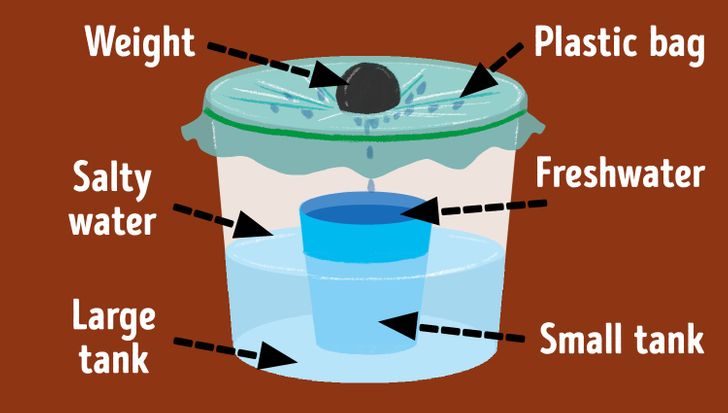
Imagine that you are on a boat in the open sea. How are you supposed to live? Three things that will help you to survive in the middle of the sea are food, water, and temperature.
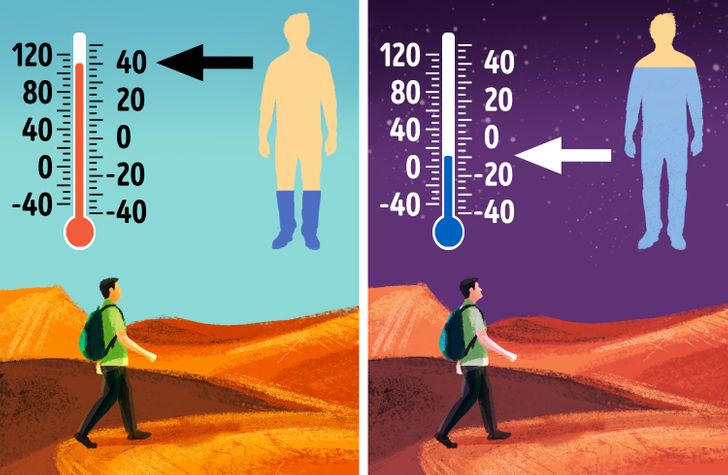
Try to travel at night. During the nighttime, the temperature might fall by 35 degrees. Traveling at night decreases the risk of getting a heat stroke and being dehydrated. This strategy can help you save up to 1 gallon of water a day.
Many people think there is water inside cacti. In fact, they contain poisonous lye. If you drink it, you might even die. In deserts, water can be found in underground sources that are not very deep.
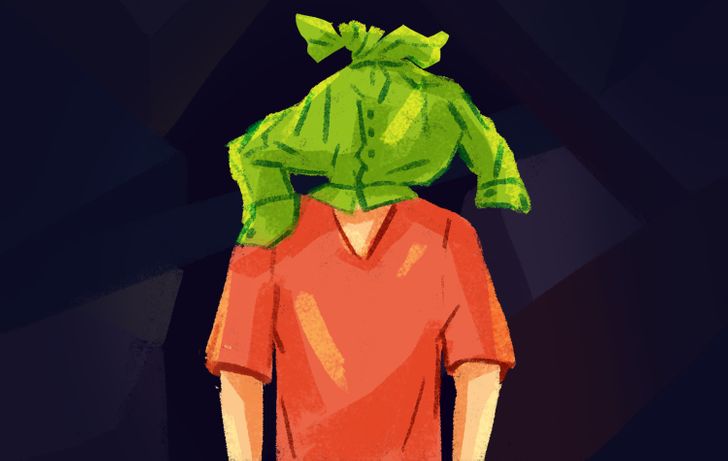
If you are trapped under debris, the most precious resource you have at the moment is air. So, in order not to waste it, you have to know what to do.
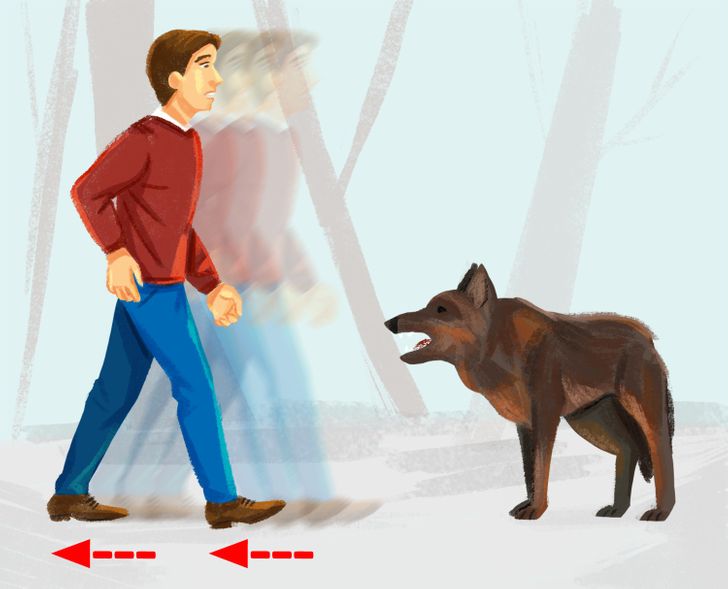
Wolves often attack when you are in their territory. If a wolf notices you, you have to step back slowly while keeping eye contact.
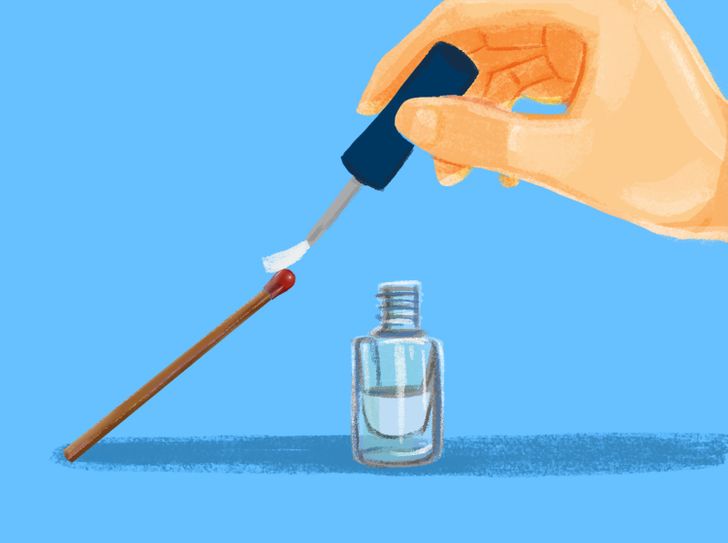
Fire is very important for surviving in any weather, in any climate, but matches or a lighter can get wet, so you should make them waterproof in advance. To do it, just put a thin layer of transparent nail polish on matches and let them dry.
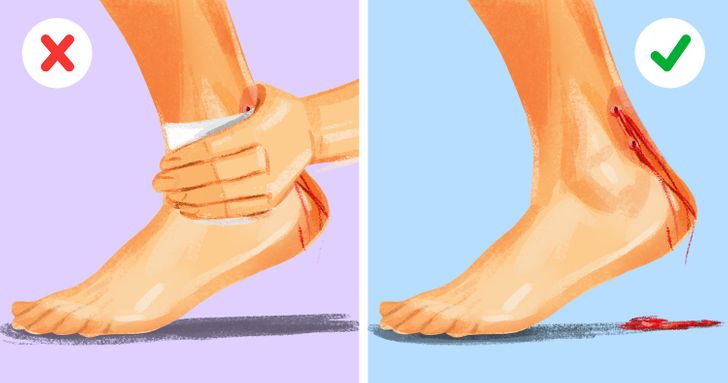
A poisonous snakebite looks like this: right after you get bitten, the spot will hurt a lot. The blood color may change to dark red or even blue. After that, the bitten spot gets swollen, and other symptoms appear: a headache, blurry vision, stammering, nausea, fever.
What to do: doctors don’t recommend sucking out the venom, because there may be some small wounds in your mouth. Through them, the venom may get into your blood. But if you are far away from the hospital, there is no other choice. You should suck out the poison d1-2 seconds after the bite, spitting the poison out all the time and washing the mouth.
Don’t push the bite or put a bandage on it. If the venom is concentrated in one place, this may lead to necrosis. Let the blood pour out- it will take some of the venom with it.
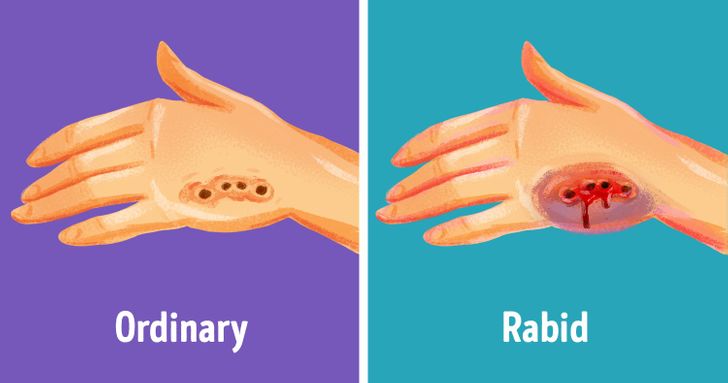
If you are bitten, wash the wound right away in warm water with soap. Even if the animal wasn’t bitten, you might have some infection.
Rabies leads to death within 4-7 days. That’s why it’s very important to visit the hospital and get vaccinated before it’s too late (after 1-3 days).

If you are in danger and you have no means of communication, you should know how to signal SOS correctly.
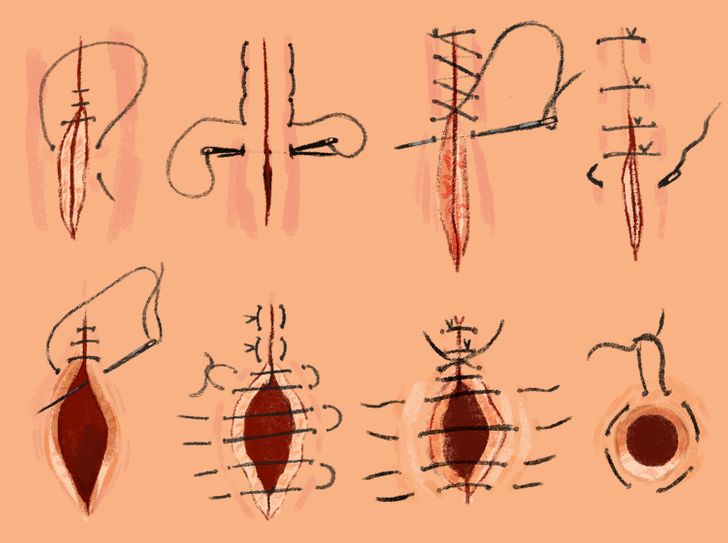
A good stitch can help you stop the bleeding, close the wound, prevent an infection and save someone’s life. This is why this is one of the most important skills in an emergency.
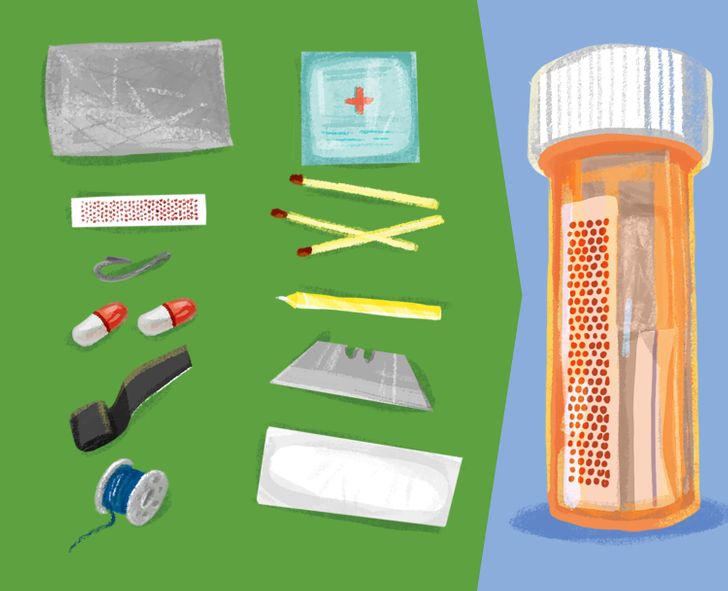
A survival kit contains the most necessary things that will help you keep warm, find food, water, or give first aid. It takes very little space.
Take a small box and put these things inside: a few matches, a piece of the matchbox, a band-aid, apiece of aluminum foil, a razor blade, a fishing hook, an antibiotic pill, a small candle, a thread, a piece of duct tape, and wet wipes.
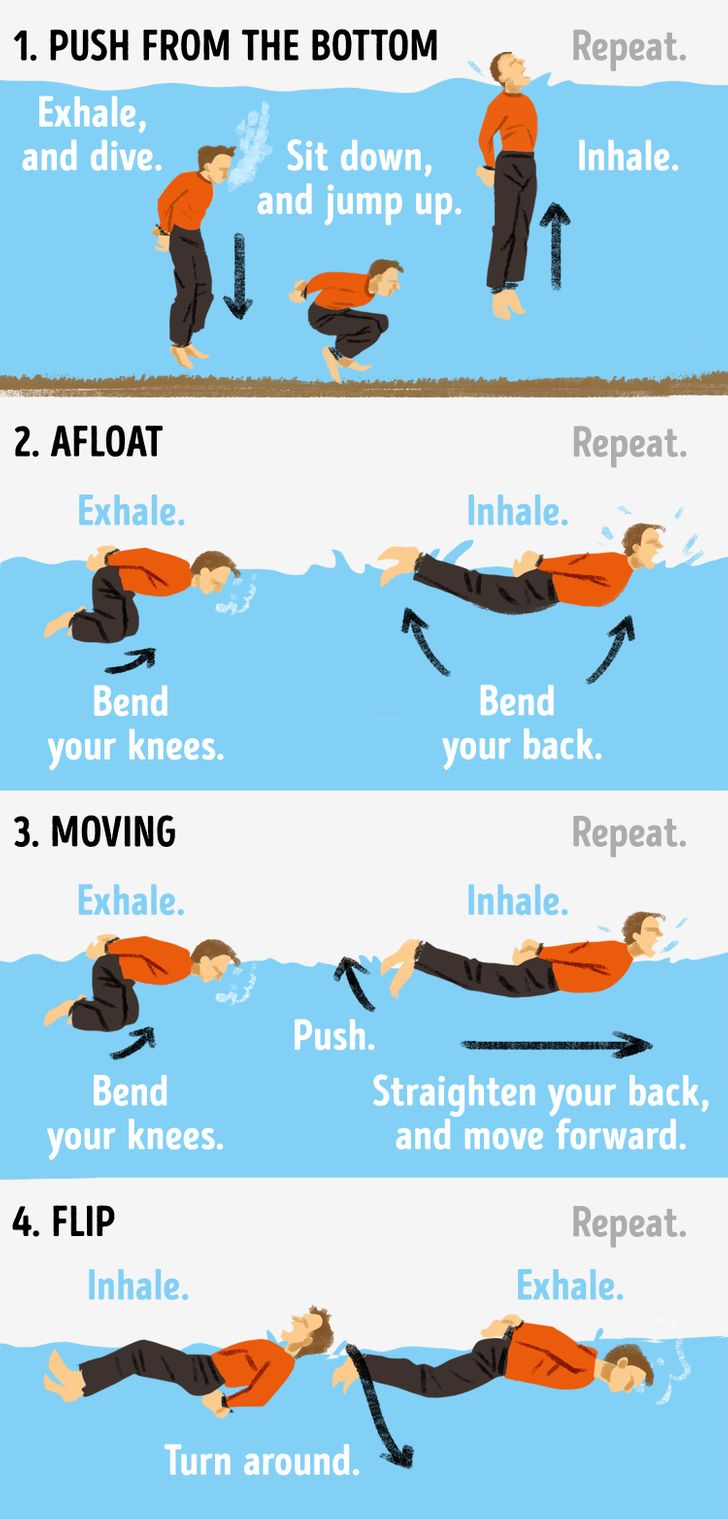
A former navy seal Cade Courtley described this technique in his book. These actions will help you not to drown in places where it’s very deep or in a storming sea if you can’t use your arms.
Breath control is the most important thing. Don’t panic to breathe at a measured pace. You should take deep breaths, but exhales should be fast.
If you are in a small depth, use the dive and jump approach moving to the shore. If you are swimming on your back, bend the back so that your head is above the water. A full body flip will let you take a deep breath in a storming sea and continue moving to the shore.
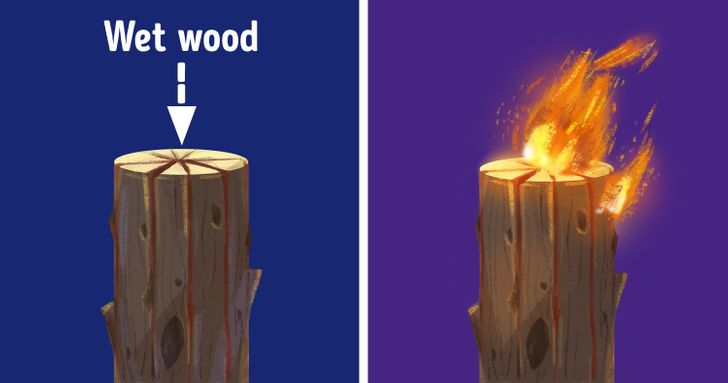
This technique is called a Swedish Torch. Put the log vertically, make a star-shaped cut as deep as you can. Put some dry grass and sticks inside and set the log on fire.

Bright Side is against using weapons. However, there are situations when your life is on the line and you need to defend yourself. That’s why it’s important to know how to aim and pull the trigger correctly if you have a gun.
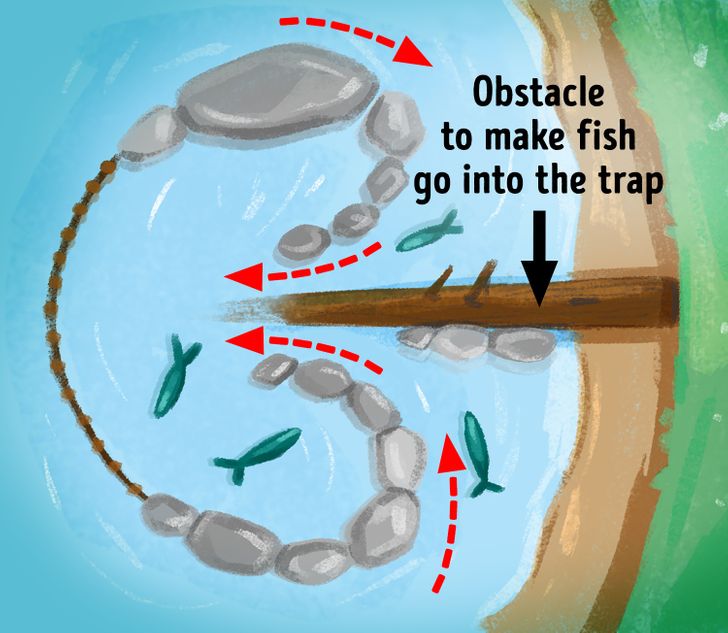
Looking for food, fish can swim close to the shore at night or go to the shallow waters. So, if you are lost, it’s important to know how to make a fish trap and get some food.
Do you know any other survival tips? Tell us about them in the comment section below!




